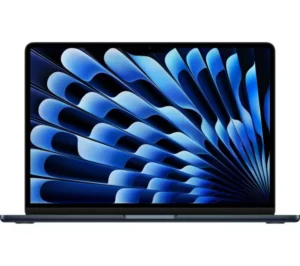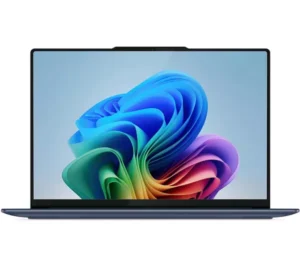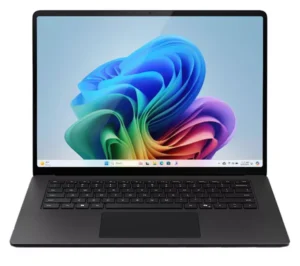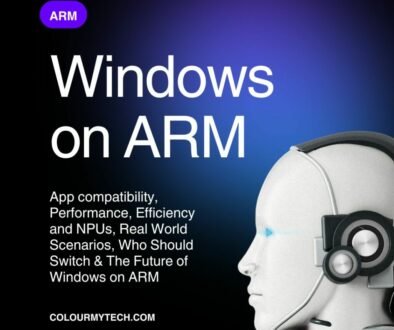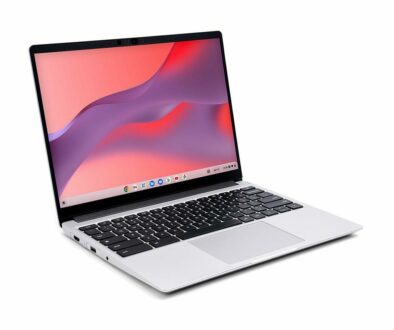Power & Performance: The Top ARM-Based Chips Powering Today’s Devices
ARM-based processors are rapidly becoming the cornerstone of modern computing, powering an ever-growing range of devices from smartphones and tablets to laptops and desktops. In 2025, the emphasis on performance and energy efficiency is more pronounced than ever, as ARM chips are engineered to deliver high-end capabilities while consuming less power. These innovations make ARM an ideal choice for a variety of use cases, from everyday mobile applications to demanding AI-driven tasks.
The purpose of this article is to explore the top ARM processors currently driving the latest devices, showcasing their incredible power and efficiency across different categories.
The Rise of ARM-Based Processors
ARM architecture has distinguished itself from traditional x86 processors through its unique design, which focuses on power efficiency and modular components. Unlike x86 chips, which rely on larger, more complex cores, ARM processors use a Reduced Instruction Set Computing (RISC) approach, optimising performance per watt. This difference has made ARM particularly well-suited for mobile devices, where battery life is crucial.
Over the years, ARM’s influence has expanded beyond mobile devices and into desktops and laptops, with major players like Apple, Qualcomm, and MediaTek integrating ARM chips into their computers.
Key advantages of ARM processors include their energy efficiency, which leads to longer battery life, and performance that continues to close the gap with x86 chips, while also offering flexibility in design for a wide range of use cases.
With ARM’s growing dominance in mobile computing, it is now also setting its sights on the desktop and laptop market, promising a future where cross-platform compatibility and efficient performance are the norm.
ARM Chips Powering Smartphones and Tablets
a. Apple’s A18 and A18 Pro: Leading the Mobile Revolution
The Apple A18 chip, built on ARM v9 architecture, takes the lead in mobile processing with a 6-core CPU consisting of high-performance and energy-efficient cores. This design delivers 20% faster performance compared to the previous A17 chip, with notable improvements in AI and machine learning tasks. Apple continues to innovate with its custom silicon, making the A18 Bionic the powerhouse behind the iPhone 16 series and other Apple devices.
The chip’s advanced capabilities ensure that Apple remains at the forefront of mobile technology, driving faster processing speeds, better battery life, and more responsive experiences for users. With a focus on AI-driven performance, Apple’s approach continues to push the boundaries of what’s possible in mobile computing.
- Devices: iPhone 16 and iPhone 16 Plus

Search Apple iPhone 16 Plus on Amazon
In addition to the standard A18, Apple also introduced the A18 Pro, which powers the iPhone 16 Pro models and offers even higher performance tailored for professional and demanding applications. The A18 Pro features a more robust architecture with enhanced GPU and Neural Engine capabilities, delivering a significant boost in graphics processingand AI tasks.
It also integrates more memory bandwidth, which is ideal for intensive workloads like video editing, 3D rendering, and gaming. With a focus on pro-level performance, the A18 Pro ensures that users experience seamless multitasking and more immersive, high-quality media consumption, all while maintaining Apple’s hallmark energy efficiency. The A18 Pro is designed to power devices that demand the highest levels of performance without compromising battery life, making it the go-to chip for users seeking maximum mobile performance.
- Devices: iPhone 16 Pro and iPhone 16 Pro Max
See benchmark results from nanoreview.net for Apple A18 and Apple A18 Pro. To learn about the differences between the two chips and what sets them apart see applescoop.org.

Search Apple iPhone 16 Pro Max on Amazon
b. Qualcomm Snapdragon 8 Elite: Powering Flagship Android Devices
The Qualcomm Snapdragon 8 Elite is a standout chip for premium Android devices, featuring a combination of Cortex-X2, A710, and A510 cores, paired with the powerful Adreno GPU. This architecture offers a 35% improvement in overall performance, while maintaining 20% greater efficiency compared to its predecessors. These enhancements enable smoother, faster, and more energy-efficient operation, making the Snapdragon 8 Elite ideal for flagship devices like the Samsung Galaxy S25, S25+ and S25 Ultra.
Qualcomm has excelled at balancing power and efficiency, ensuring that users get the best of both worlds in terms of mobile performance, with the chip enabling advanced gaming, multitasking, and AI features. Qualcomm’s continued leadership in mobile processing power solidifies its position as a key player in the Android space.
- Devices: Samsung Galaxy S25 series, ASUS ROG Phone 9, HONOR Magic 7, OnePlus 13, Xiaomi 15 series

Search Samsung Galaxy S25 Ultra on Amazon
c. Samsung Exynos 2500: Performance with a Twist
The upcoming (2025) Samsung Exynos 2500 brings a custom ARMv9 architecture and RDNA2-based GPU to the table, offering a powerful performance boost for mobile devices. The chip aims to deliver a 30% improvement in CPU performance and a 25% increase in efficiency compared to previous Exynos models. It will likely power next generation devices like the Samsung Galaxy Flip 7 series.
Exynos 2500 excels at blending high-end mobile computing with long-lasting battery life using 3nm GAA process. Samsung’s commitment to energy-efficient yet powerful processing is evident in this chip, which allows devices to run smoothly and efficiently while offering top-tier performance for everything from gaming to multitasking. The Exynos 2500 represents Samsung’s innovative approach to providing cutting-edge mobile technology without sacrificing energy efficiency.
- Devices: Samsung Galaxy Flip 7 expected

d. MediaTek Dimensity 9400: High-End Performance for Premium Devices
The MediaTek Dimensity 9400 stands as a powerful contender in the high-end smartphone market, featuring Cortex-X4and A720 cores, complemented by the Mali-G720 GPU. This chip delivers 40% better performance and 35% more efficiency compared to its predecessors, making it ideal for premium devices that demand top-tier performance.
The Dimensity 9400 is found in devices such as the vivo X200 series and Oppo Find X7 series and other select premium Android smartphones, offering an impressive combination of speed and battery life. MediaTek’s rise in high-end smartphone processing power is marked by this chip, which challenges traditional chipmakers with cutting-edge technology designed to meet the demands of gaming, multimedia, and AI applications.
- Devices: Vivo X200 Pro 5G, iQOO New 10 Pro 5G, Vivo X200 5G, Vivo X200 Pro Mini, Opposition Find X8 5G, Oppo Find X8 Pro 5G, Xiaomi Civi 5 Pro, Vivo S21 Pro
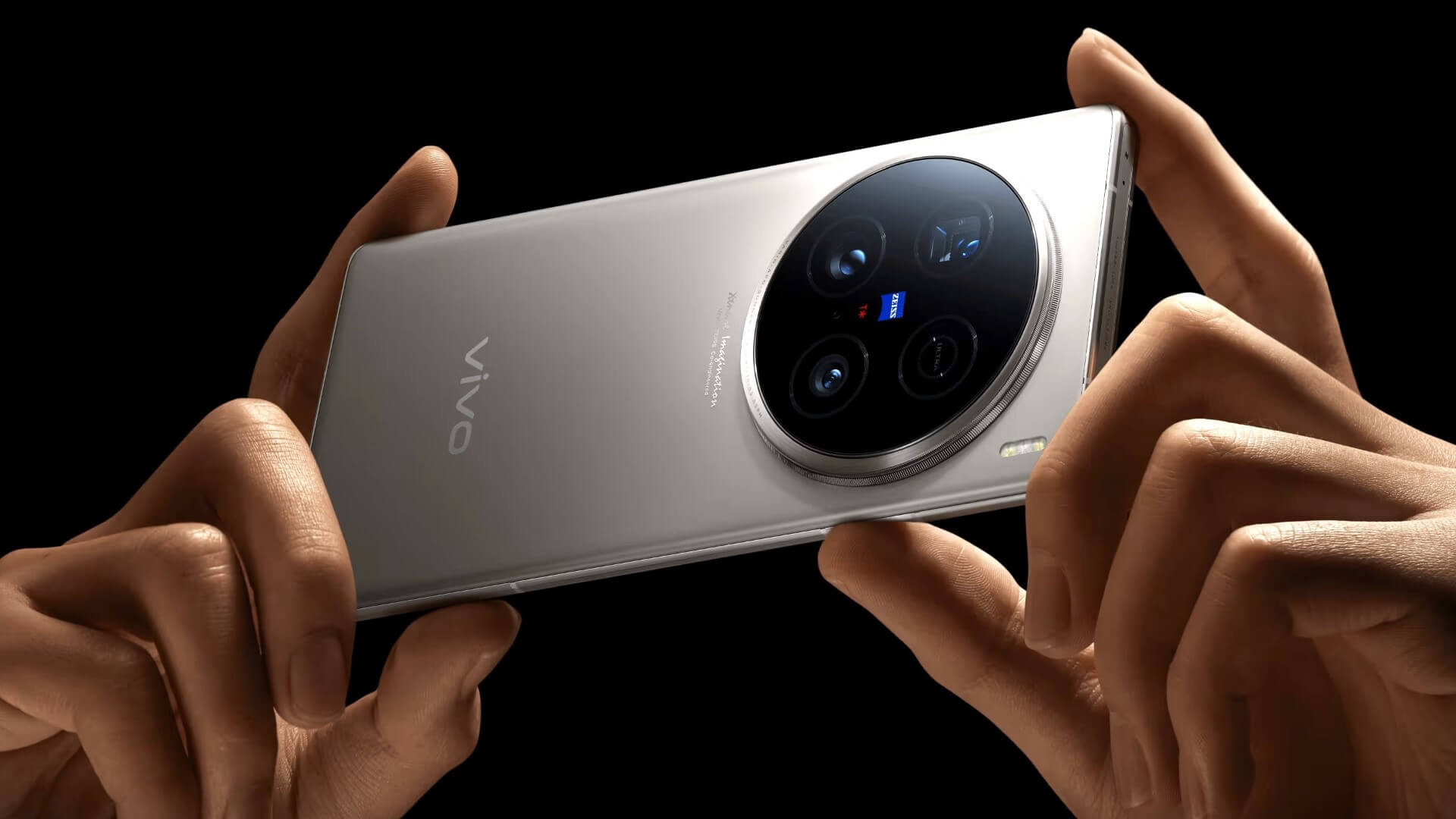
e. Google Tensor G4: AI-Optimized for Pixel Devices
The Google Tensor G4 represents Google’s dedication to AI and machine learning in their Pixel devices. Featuring a custom design with Tensor Processing Units (TPUs) specifically optimized for AI tasks, the G4 excels in processing advanced machine learning functions, delivering a 50% faster AI processing rate while boosting overall performance by 20%.
This chip powers the upcoming Google Pixel 9 series, where the integration of AI-driven features like real-time translation, image enhancement, and adaptive performance takes center stage. Google’s focus on AI optimization with the Tensor G4 ensures a more intuitive and smarter mobile experience, setting new benchmarks for on-device AI processing and personalized capabilities.
- Device: Google Pixel 9 Series

Search Google Pixel 9 on Amazon
f. Huawei Kirin 9000: The Power Behind Huawei’s Flagships
The Huawei Kirin 9000 is a high-performance ARM-based chip designed to power Huawei’s flagship devices, such as the Mate 40 and P50 series. Built on Cortex-A77 cores, it includes a dedicated Da Vinci NPU for AI tasks and a Mali-G78 GPU to handle demanding graphics processing. This chip delivers a 30% faster CPU and 20% greater efficiency compared to the previous Kirin 990, solidifying its place as one of the most powerful chips in the mobile market.
The Kirin 9000 continues to push the boundaries of mobile technology by enabling enhanced performance, AI features, and energy efficiency for Huawei’s cutting-edge smartphones, showcasing how Huawei’s proprietary technology elevates the user experience on their devices.
- Devices: Found in Huawei Mate 60, 40 and P50 series.

g. NVIDIA Tegra X3: Gaming and Multimedia Performance
The NVIDIA Tegra X3 is a powerhouse designed to push the limits of mobile gaming and multimedia performance. Featuring Cortex-A78 cores alongside an Ampere-based GPU, the Tegra X3 delivers a 45% faster CPU and 30% greater efficiency compared to its predecessor, the Tegra X2. This impressive performance boost makes the chip ideal for high-performance gaming devices and multimedia applications.
The Tegra X3 powers the upcoming Nintendo Switch and is also integrated into high-performance gaming tablets. NVIDIA continues to dominate the mobile gaming sector by delivering console-quality performance on mobile platforms, making the Tegra X3 an essential component for immersive, graphically intensive games and demanding multimedia experiences.
- Devices: Powers the Nintendo Switch and high-performance gaming tablets.
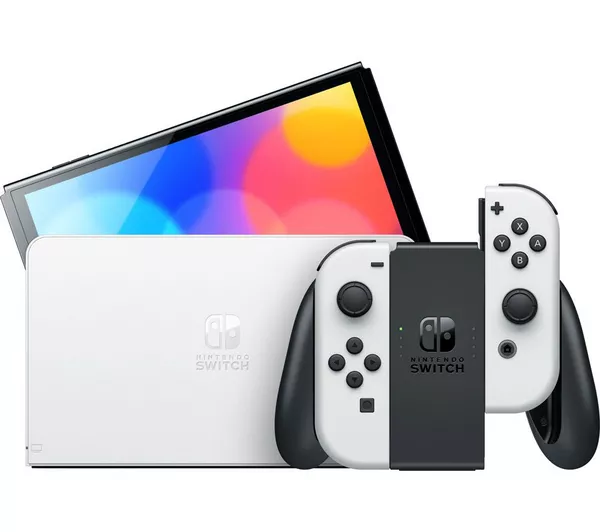
Search Nintendo Switch on Amazon
ARM Chips Powering Laptops and Desktops
a. Apple M3 and M4
The Apple M3 and M4 processors are built on the ARM v9 architecture, featuring an 8-core CPU with a mix of high-performance and energy-efficient cores. These chips also integrate a 16-core Neural Engine designed for AI tasks, making them incredibly adept at handling advanced machine learning processes. The M3 chip focuses on providing better battery life and multitasking performance, ideal for users who need a balance between power and energy efficiency.

Meanwhile, the M4 takes performance a step further by focusing on graphics and creative workloads, making it perfect for MacBook Pro users working on intensive video editing, 3D rendering, and other creative tasks. The M3 is featured in the MacBook Air, while the M4 powers the MacBook Pro. With these chips, Apple’s custom ARM processors continue to redefine laptop performance, offering unmatched efficiency and power for a truly optimised user experience. Read this short article on MacRumors where the chips’ performances are compared.
- Devices: MacBook Air M3, Mac mini M4, iMac M4, MacBook Pro M4
Search Apple MacBook on Amazon
b. Qualcomm Snapdragon X Elite and X Plus
The Qualcomm Snapdragon X Elite and Snapdragon X Plus processors utilize Cortex-X3 cores for high-performance tasks, alongside energy-efficient cores to maximize battery life. Equipped with the Adreno 740 GPU, these chips excel in visual performance, offering rich graphics and smooth experiences for multimedia and gaming. The Snapdragon X series provides 35% faster performance than traditional Intel-based laptops, making them a formidable alternative in the laptop market.
These processors are designed to optimize AI, extended battery life, and 5G connectivity, ideal for mobile-first computing. Devices like the Surface Pro 11 and other Qualcomm-powered Windows laptops showcase the power of these ARM chips. Qualcomm’s Snapdragon X series is revolutionizing portable computing by offering a great alternative to x86 processors, with an emphasis on connected, mobile-first devices.
- Devices: Snapdragon X Elite and X Plus – Microsoft 15 Surface Laptop, Lenovo Yoga Slim 7X, Microsoft 13 Surface Pro OLED, ASUS Vivobook S 15, Microsoft 13.8 Surface Laptop, HP OmniBook X 14, Samsung Galaxy Book4 Edge 16 and 14. Lenovo IdeaPad Slim 5 14, Acer Swift Go 14, ASUS ProArt PZ13 OLED 13.3, Lenovo IdeaPad 5 14
Search Snapdragon Elite X Laptop on Amazon
c. MediaTek Kompanio Series
The MediaTek Kompanio series is built on ARM’s Cortex-A78 cores and includes the Mali-G77 GPU for solid visual and processing performance. This series is designed for mid-range to premium laptops, offering a balance of performance and battery efficiency for users who need a capable, energy-efficient machine for everyday computing.
The Kompanio chips are especially popular in Chromebooks and affordable laptop devices, providing a strong solution for budget-conscious users. With battery efficiency as a key feature, the Kompanio series helps extend device usage throughout the day, making it an attractive option for students, professionals, and anyone who needs reliable performance without the premium price tag.
- Devices: Found in Chromebooks and affordable laptop devices. Lenovo IdeaPad Slim 3 14, ASUS CM14 Flip 14
Search Snapdragon Elite X Laptop on Amazon
d. Microsoft SQ3
The Microsoft SQ3 is a custom ARM-based chip developed by Microsoft in collaboration with Qualcomm, incorporating Cortex-X1 and Cortex-A78 cores for high performance and efficiency. This chip is specifically designed to optimize productivity and cloud integration, offering robust AI capabilities with its Neural Processing Unit (NPU) for handling machine learning and AI tasks. The SQ3 also stands out for its 5G connectivity, which enhances its ability to support cloud-based and hybrid computing needs—ideal for users who require fast, always-on connectivity for work or remote environments.
The Surface Pro 9 with 5G integrates the SQ3 chip, offering impressive performance and seamless productivity, making it perfect for professionals who need high computational power alongside mobility. The SQ3 enhances the overall user experience by enabling smooth multitasking, efficient energy consumption, and enhanced cloud computing integration, which ultimately helps users achieve more throughout the day.
- Devices: Found in Surface Pro 9 with 5G
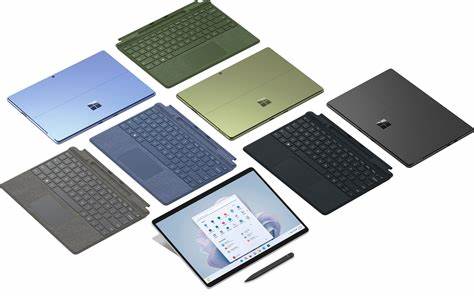
e. Arm Neoverse N1
The Arm Neoverse N1 is a highly specialized ARM chip designed specifically for cloud and data center performance. Optimized for high throughput and energy efficiency, the Neoverse N1 supports enterprise systems by handling demanding workloads at scale. This chip features customizable cores, allowing enterprises to tailor the chip to their specific performance requirements.
Unlike traditional desktop or mobile processors, the Neoverse N1 is engineered for cloud-based servers and high-performance ARM-powered workstations, enabling businesses to deploy solutions that are both powerful and efficient. This shift toward ARM technology in the enterprise and server applications is exemplified by the Neoverse N1, marking a major step forward for ARM chips in the data center space. The Neoverse N1’s ability to handle complex, scalable workloads with low energy consumption is helping drive cloud computing and data infrastructure into the future.
Conclusion
The rise of ARM-based processors has revolutionized computing across smartphones, tablets, laptops, and even enterprise-level systems. With a growing emphasis on performance, energy efficiency, and AI optimization, these chips are setting new benchmarks in mobile and computing technology. Apple’s custom ARM chips like the A18 and A18 Pro and M3/M4 processors redefine the laptop and smartphone experience with their impressive power and energy-saving capabilities.
Qualcomm’s Snapdragon X Elite and X Plus, alongside MediaTek’s Dimensity 9400, provide cutting-edge alternatives for high-performance Android devices, while Microsoft’s SQ3 and Samsung’s Exynos 2200 are pushing the envelope in cloud-based and multimedia applications. In the enterprise space, Arm Neoverse N1 represents ARM’s growing influence in data centers, paving the way for more energy-efficient cloud computing.
As we move through 2025, ARM processors are firmly established as the dominant force across all computing devices, offering superior performance while dramatically improving battery life and AI capabilities. Whether it’s for gaming, creative work, multitasking, or enterprise systems, ARM chips are poised to lead the charge, ensuring that the future of technology is faster, more efficient, and increasingly connected.
With continued innovation, ARM processors will undoubtedly continue to shape the next generation of devices, providing versatility and scalability to meet the evolving demands of users and businesses alike.
